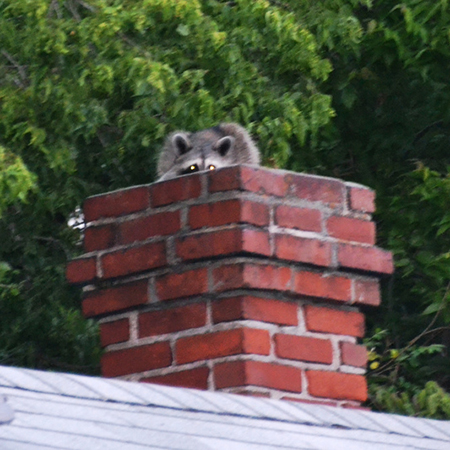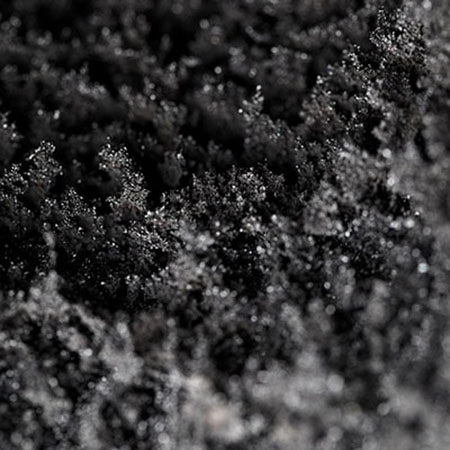Why Should I have a Mid-Winter Fireplace & Chimney Inspection?
It’s hard to believe how fast the year goes by. So many things to do, but not enough time to get it all done. One of those things that often falls by the wayside is inspecting and cleaning the fireplace and chimney. And if you’re one of those homeowners who never got around to it or used the fireplace more than usual during the holidays, you will need a chimney inspection and cleaning smack in the middle of winter.
Flue Obstruction
 When the weather turns colder small animals and pests are looking for shelter. And for small birds, squirrels, racoons and other critters a warm flue is just as good a home as any tree. They will often build their nests inside the chimney and hunker down. Unfortunately, climbing out is not as easy as getting in, and they become trapped. Also, windy weather conditions can also blow in twigs, small branches and leaves from nearby trees. These obstructions block smoke and toxic fumes from venting. This can cause dangerous levels of carbon monoxide to blow back into your living space.
When the weather turns colder small animals and pests are looking for shelter. And for small birds, squirrels, racoons and other critters a warm flue is just as good a home as any tree. They will often build their nests inside the chimney and hunker down. Unfortunately, climbing out is not as easy as getting in, and they become trapped. Also, windy weather conditions can also blow in twigs, small branches and leaves from nearby trees. These obstructions block smoke and toxic fumes from venting. This can cause dangerous levels of carbon monoxide to blow back into your living space.
Water Leak
While it may not look like it, water can get into the fireplace from multiple entry points. A broken or missing chimney cap is not only an open invitation for unwanted pests, it also allows rain and snow to enter. Also, years of abrasive weather conditions can cause cracks in the masonry creating several small entry points for moisture to accumulate. A rusted damper may not close airtight creating a moisture channel directly into the fireplace. And finally, flashing where the chimney connects to the roof can become damaged allowing moisture to leak inside the roof and chimney.
 Creosote Accumulation
Creosote Accumulation
Creosote is one of the natural occurring chemicals that is created during the combustion of solid and fossil fuels. It is a dark, tarry substance that clings to the walls inside the chimney. It can be especially dangerous because it is flammable. It is the leading cause of chimney fires. An accumulation of 1/8” or more of soot in the chimney is unsafe and should be cleaned, according to the Chimney Safety Institute of America (CSIA).
Rusted Damper
A proper working damper forms an airtight seal when shut keeping moisture out of the fireplace. But normal wear and tear as well as environmental conditions can cause the damper to warp and rust making it ineffective. Moisture that is allowed to accumulate in the fireplace and chimney can cause major structural deficiencies if not repaired in a timely manner.
A clean chimney is a safe chimney. The National Fire Protection Association recommends all homeowners have an annual chimney inspection. If you notice any noise or bad odors emanating from the chimney, have lots of soot in the chimney, or see smoke or moisture in the fireplace, its time to contact a professional for a fireplace and chimney inspection even if you recently had one.


 (563) 582-5156
(563) 582-5156


